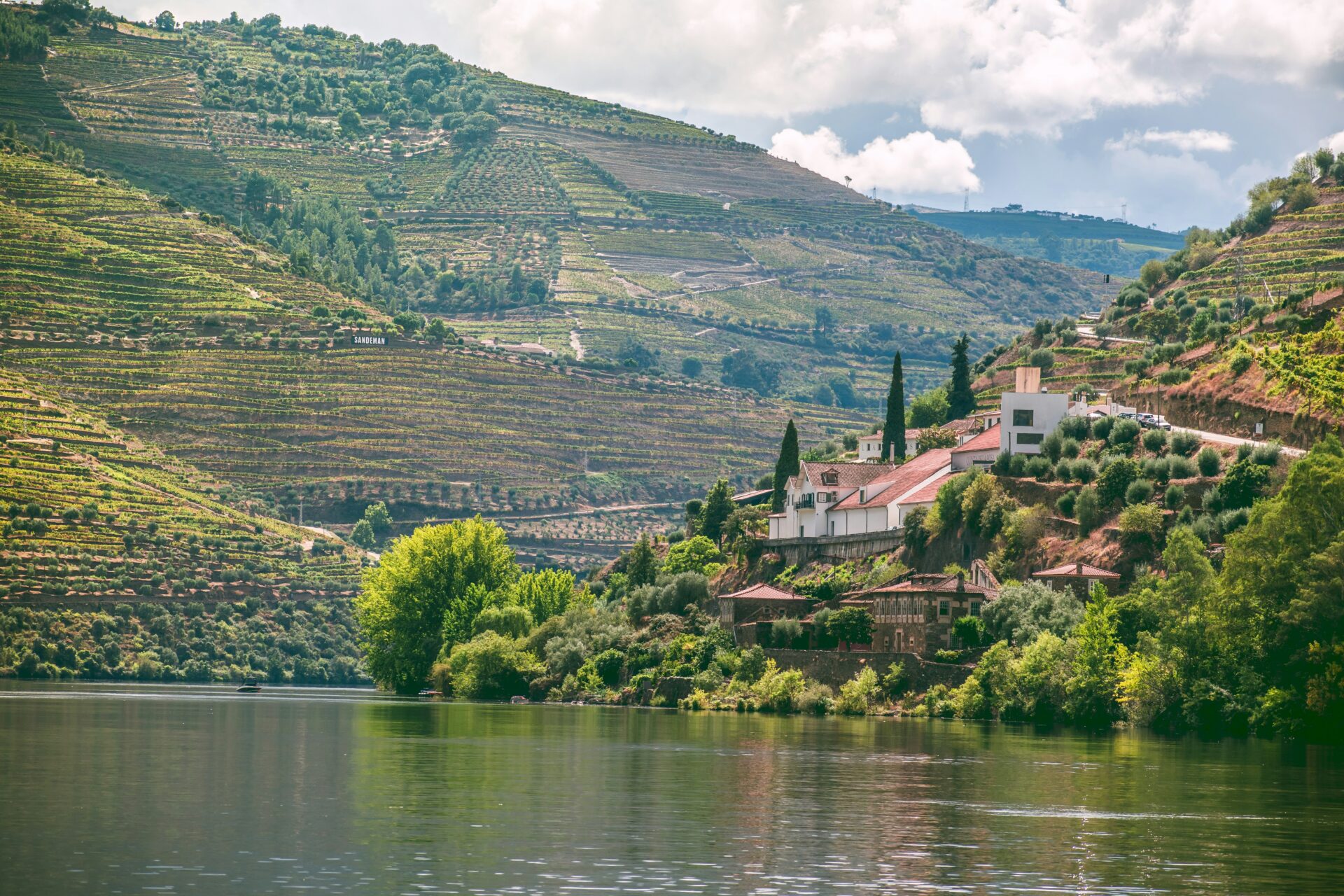I fell in love with the Douro Valley the moment my eyes caught those breathtaking terraced vineyards cascading down to the river. This stunning Portuguese wine region offers not just world-class wines and ports, but also some of the most spectacular landscapes I’ve ever encountered in my travels. The Douro Valley stands as one of the world’s most beautiful wine regions. Centuries-old quintas (wine estates) provide intimate tasting experiences with unparalleled views.

During my recent journey through this UNESCO World Heritage site, I discovered hidden gems like Quinta do Tedo and Quinta de la Rosa. The combination of exceptional wines and breathtaking scenery created unforgettable moments. Some estates, like Quinta da Pacheca, offered excellent port tastings that helped me understand why this region has been producing legendary fortified wines for generations. I even found newer wineries like Quinta do Cume that are bringing fresh energy to this ancient wine-growing area.
My days wandering through the valley’s sun-drenched slopes and evenings spent sipping wine on terraces overlooking the Douro River convinced me that this region deserves a spot on every wine lover’s bucket list. Whether you’re a serious wine enthusiast or simply appreciate beautiful landscapes paired with delicious drinks, I’m excited to share my favorite stops that combine the best of both worlds.
Exploring the Heart of the Douro Valley
The Douro Valley captivates visitors with its stunning landscapes and rich winemaking heritage dating back to 1756 when it became the world’s first demarcated wine region. As I wandered through this UNESCO World Heritage Site, I discovered why wine enthusiasts consider this Portuguese treasure one of the most beautiful winemaking regions on earth.
The Beauty of Terraced Vineyards
The iconic terraced vineyards of the Douro Valley create a breathtaking patchwork across steep hillsides. These hand-built stone terraces, some centuries old, follow the natural contours of the land in an impressive display of human ingenuity.

During my visit in spring, I watched as vibrant green vines emerged against the backdrop of schist soil and stone walls. The terraces aren’t just beautiful—they’re functional engineering marvels that prevent erosion and maximize sun exposure.
The best viewpoints I found were near Pinhão and São João da Pesqueira. From these vantage points, I could see the vineyards cascading down to the Douro River below, creating that classic postcard scene that defines this region.
Douro Superior: A Wine Lover’s Elysium
The easternmost section of the valley, Douro Superior, offers a more rugged, less-visited wine experience. Here, the climate turns hotter and drier, creating ideal conditions for intensely flavored grapes.
I discovered several family-owned quintas (wine estates) that welcome visitors for intimate tastings. Unlike the larger producers, these estates often offer personal tours led by the winemakers themselves.
The wines here tend to be bold and concentrated. During my tastings, I enjoyed robust reds made from Touriga Nacional and Tinta Roriz grapes alongside the region’s famous Port wines.

Don’t miss exploring the picturesque villages like Foz Côa, where ancient rock art adds another layer of cultural richness to your wine adventure.
Peso da Régua: A Gateway to Wine Excellence
Peso da Régua serves as the commercial heart of the Douro Valley and makes a perfect base for exploration. This riverside town has been the center of Port wine trade for centuries.
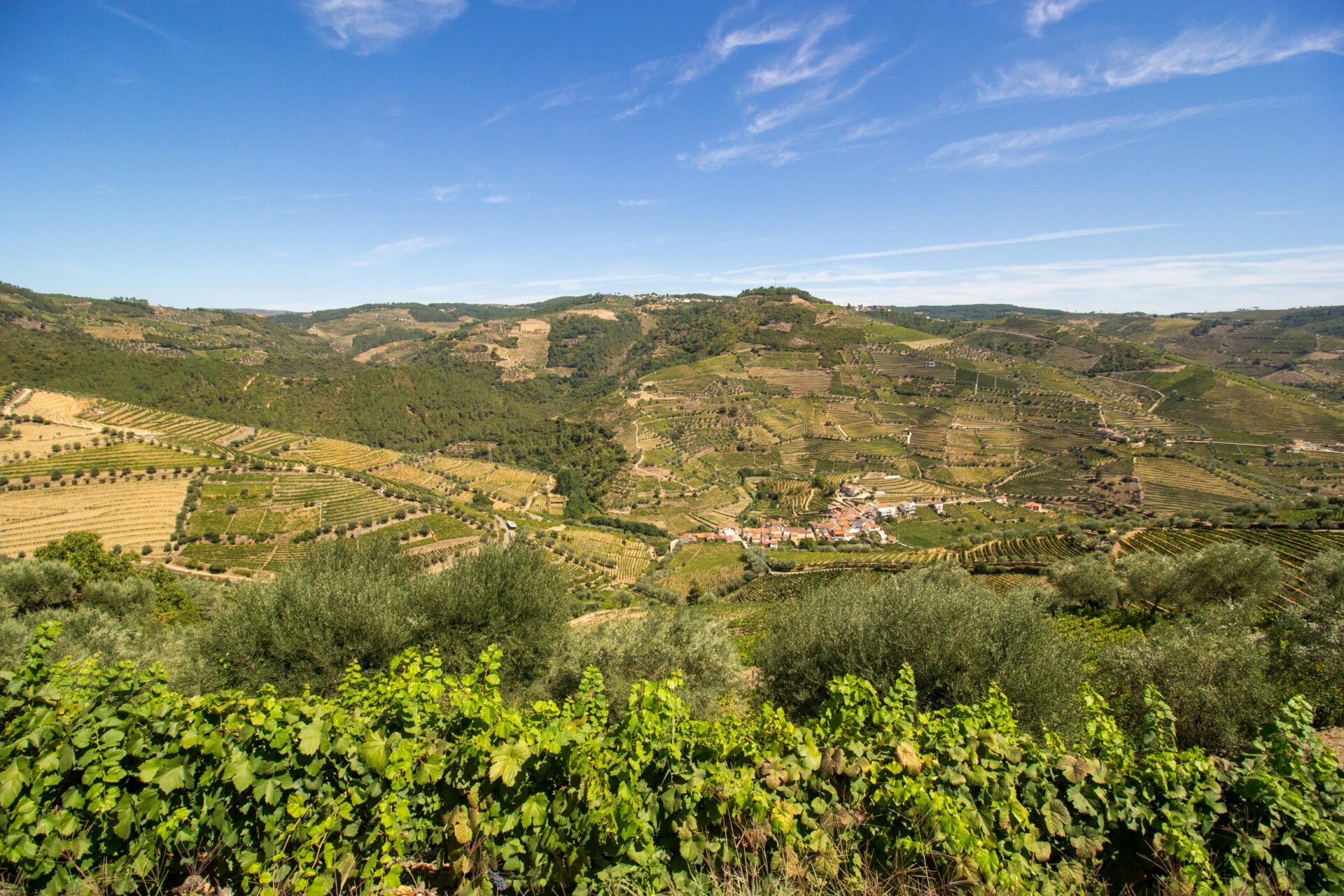
I spent a morning at the fascinating Douro Museum, which chronicles the region’s winemaking history through interactive exhibits. The museum helped me understand the traditional techniques still used in many vineyards today.
From Régua, I easily accessed several renowned wineries. Many offer combined experiences with traditional Portuguese lunches featuring local specialties like bacalhau (salt cod) paired with Douro DOC wines.
River cruises departing from Régua’s docks provide another perspective of the valley. I particularly enjoyed an evening cruise, watching the golden sunset illuminate the terraced hillsides while sipping local wine.
Embark on a Scenic Journey Along the N222
The N222 road offers some of the most breathtaking views in Portugal’s wine country. This stunning route winds through terraced vineyards and follows the Douro River, creating a perfect backdrop for unforgettable memories.
Vistas from São Leonardo de Galafura
I discovered a hidden gem at São Leonardo de Galafura, a panoramic viewpoint that left me speechless. Standing at this lookout point, I gazed across miles of terraced vineyards cascading down to the Douro River below.
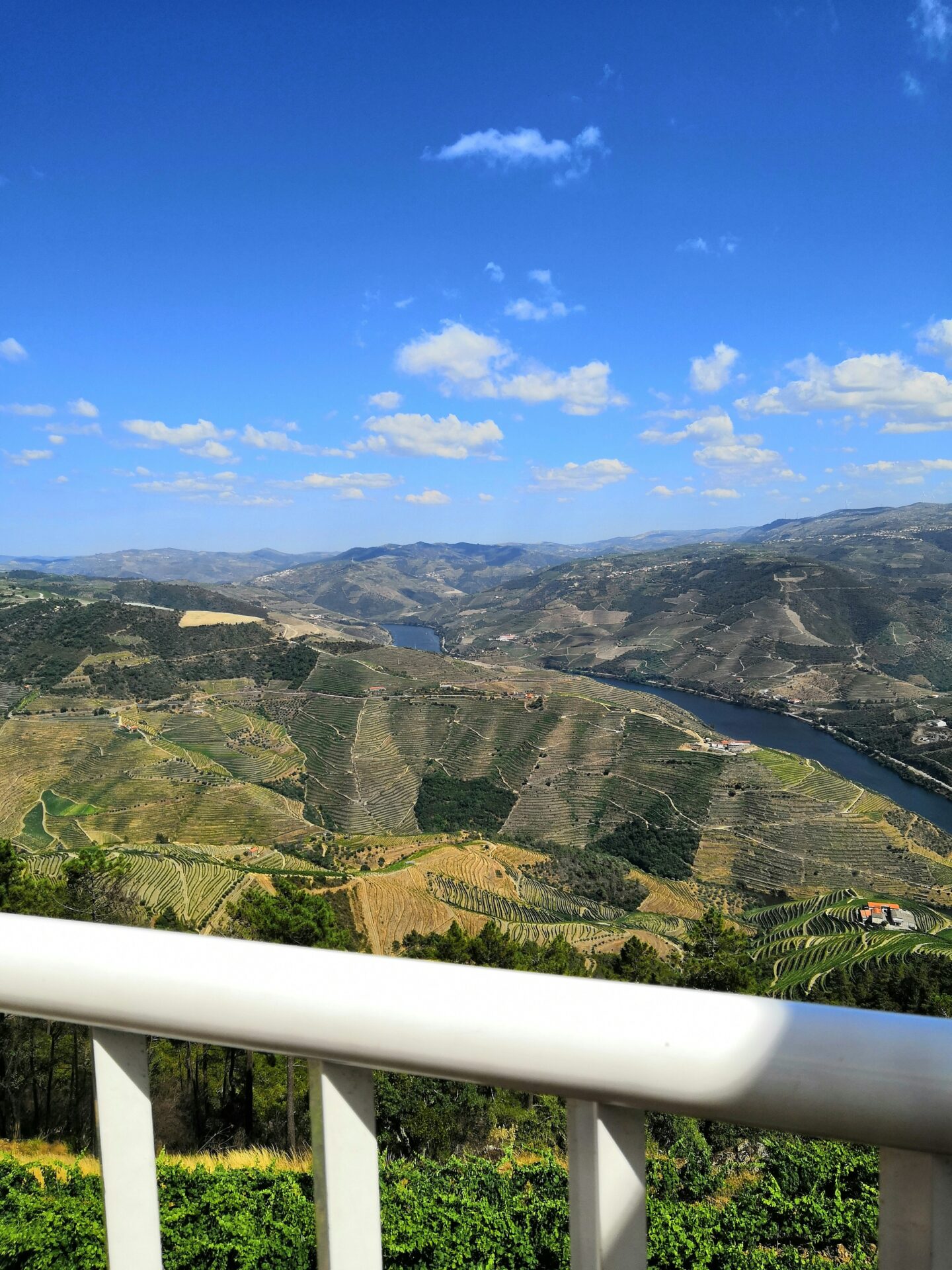
The view here is simply magical, especially during sunrise or sunset when golden light bathes the valley. I recommend bringing a camera – you’ll want to capture these vistas forever.
This spot was actually celebrated by Portuguese writer Miguel Torga, who called it “a geological poem.” On clear days, you can see as far as the mountains of Marão and Alvão. There’s a small chapel nearby where you can take shelter if the weather turns.
Charming Villages and Quintas
The N222 connects several picturesque villages that seem frozen in time. Pinhão stands out with its famous train station decorated with blue azulejo tiles depicting vineyard scenes.
I stopped at several family-owned quintas (wine estates) along the route. Many offer tours without reservations, though calling ahead is always wise. My favorite was a small quinta where the owner personally showed me around their century-old wine cellar.
Don’t miss Provesende, a granite village with narrow lanes and traditional stone houses. The local bakery still uses a wood-fired oven from the 1940s, and their bread pairs perfectly with regional cheese.
Most villages have small cafés where you can enjoy a coffee while watching local life unfold. The pace is unhurried, giving you time to soak in authentic Portuguese culture.
Discovering Douro’s Unique Wine Tasting Experiences
The Douro Valley offers wine experiences that go beyond simple tastings. The region combines stunning riverside settings with centuries of winemaking tradition for truly memorable adventures.
Port Wine’s Enchanting Flavors
I discovered that Port wine tasting in the Douro Valley is a journey through history in a glass. This fortified wine comes in several styles – ruby, tawny, white, and vintage – each with distinct characteristics that reflect the valley’s terroir.
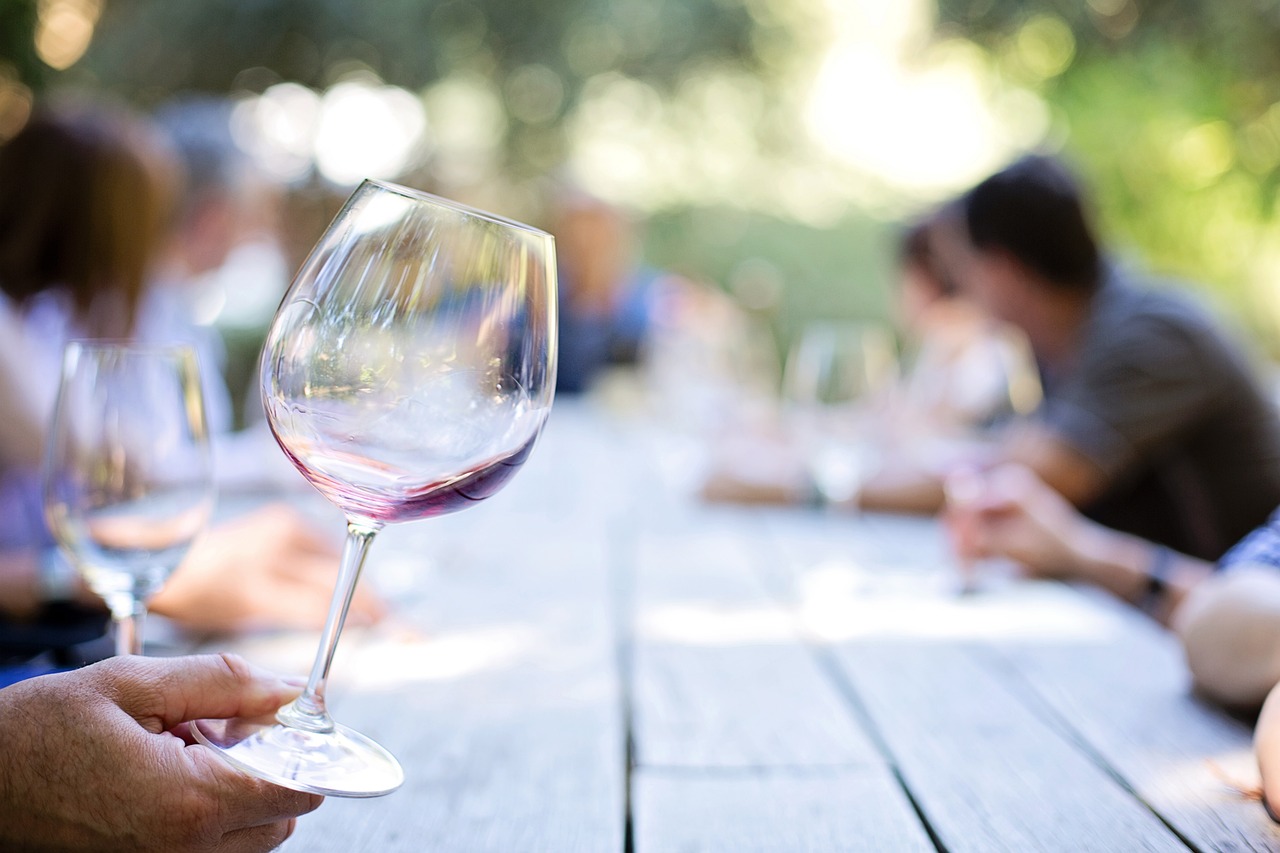
During my tastings, I learned how to properly sample Port, holding it to the light to admire its rich color before appreciating its complex aromas. The local winemakers taught me to sip slowly, letting the sweet, robust flavors develop on my palate.
What amazed me was how each quinta (wine estate) produces Port with subtle differences. Some offer side-by-side tastings of wines aged with and without wooden barrels to highlight how aging methods transform the flavor profiles.
Day Tours to Quaint Quintas
Booking a day tour through the Douro Valley proved to be the perfect way to explore multiple wineries without worrying about driving the winding roads. Most tours visit three estates, allowing me to compare different production styles and taste up to nine different wines.
The intimate quintas welcomed me with personal touches that large commercial wineries often lack. Family members frequently lead the tours, sharing stories passed down through generations about their vineyards and winemaking techniques.
My favorite stops included guided walks through terraced vineyards clinging to steep hillsides. The breathtaking views of the river below made the wine taste even better!
Many tours include a traditional Portuguese lunch paired with local wines, plus a short river cruise that offers a unique perspective of the valley’s dramatic landscapes.
Experiencing Douro by Land, Water, and Rail
Exploring Portugal’s enchanting Douro Valley offers three distinct perspectives that each reveal unique aspects of this wine region. The landscape transforms dramatically depending on whether you’re gliding along the calm river waters, climbing the terraced hills by train, or winding through vineyard-covered slopes by car.
The Linha do Douro Railway Adventure
The historic Linha do Douro railway provides one of the most memorable ways to experience the valley’s beauty. I boarded at Porto’s São Bento station, where the journey begins with impressive tile work before heading eastward along the riverbank.
The train hugs the Douro River for much of its route, offering spectacular views you simply can’t get any other way. Windows frame perfect snapshots of terraced vineyards, charming villages, and the winding river below.
Pinhão station deserves special mention with its beautiful blue azulejo tiles depicting vineyard scenes. I recommend stepping off here to explore the town before continuing your journey.
Top Train Stops:
- Régua – Major hub and gateway to wine country
- Pinhão – Beautiful station with traditional tiles
- Pocinho – End of the line with dramatic landscapes
Boat Cruises on the Douro River
Seeing the valley from water level offers a completely different perspective of this UNESCO World Heritage landscape. I found the peaceful rhythm of cruising particularly magical, with vineyard terraces rising dramatically on both sides.
Short cruises from Pinhão provide an hour of scenic beauty, perfect for photos and relaxation. For a more immersive experience, full-day cruises from Porto showcase the changing landscape from urban to rural wine country.
Many boat tours include stops at riverside quintas (wine estates) for tastings. I particularly enjoyed seeing how the vineyards extend right down to the water’s edge in some places.
The Douro’s calm waters make for smooth sailing, and the captain’s commentary helped me understand how this river shaped the region’s wine culture and trade for centuries.
Adventures in Driving: Douro by Car
Driving the Douro Valley offers unmatched freedom to discover hidden gems at your own pace. The legendary N222 road between Régua and Pinhão has been named one of the world’s most beautiful drives – and it absolutely lives up to the hype.
I recommend renting a small car as some roads are narrow and winding. The hairpin turns are worth it for the jaw-dropping vistas that appear around each bend.
Having a car allowed me to visit family-owned quintas that don’t appear on organized tours. Many welcome visitors for intimate tastings where you’ll meet the actual winemakers.
Must-Drive Routes:
- N222 between Régua and Pinhão
- The road to São Leonardo de Galafura viewpoint
- The route to Provesende village for authentic Douro culture
Don’t miss stopping at roadside miradouros (viewpoints) – I found several unmarked spots perfect for photos and picnics among the vineyards.
Beyond the Vineyards: Cultural Gems of the Region
The Douro Valley offers more than just wine tasting experiences. During my travels through Northern Portugal, I discovered incredible historical sites and museums that reveal the rich cultural tapestry of this UNESCO World Heritage region.
Lamego: A Historical Exploration
Lamego captured my heart the moment I arrived. This charming town sits at the edge of the Douro Valley and boasts one of Portugal’s most impressive religious sites. The Sanctuary of Nossa Senhora dos Remédios features an ornate baroque staircase with 686 steps that I partially climbed for amazing valley views.
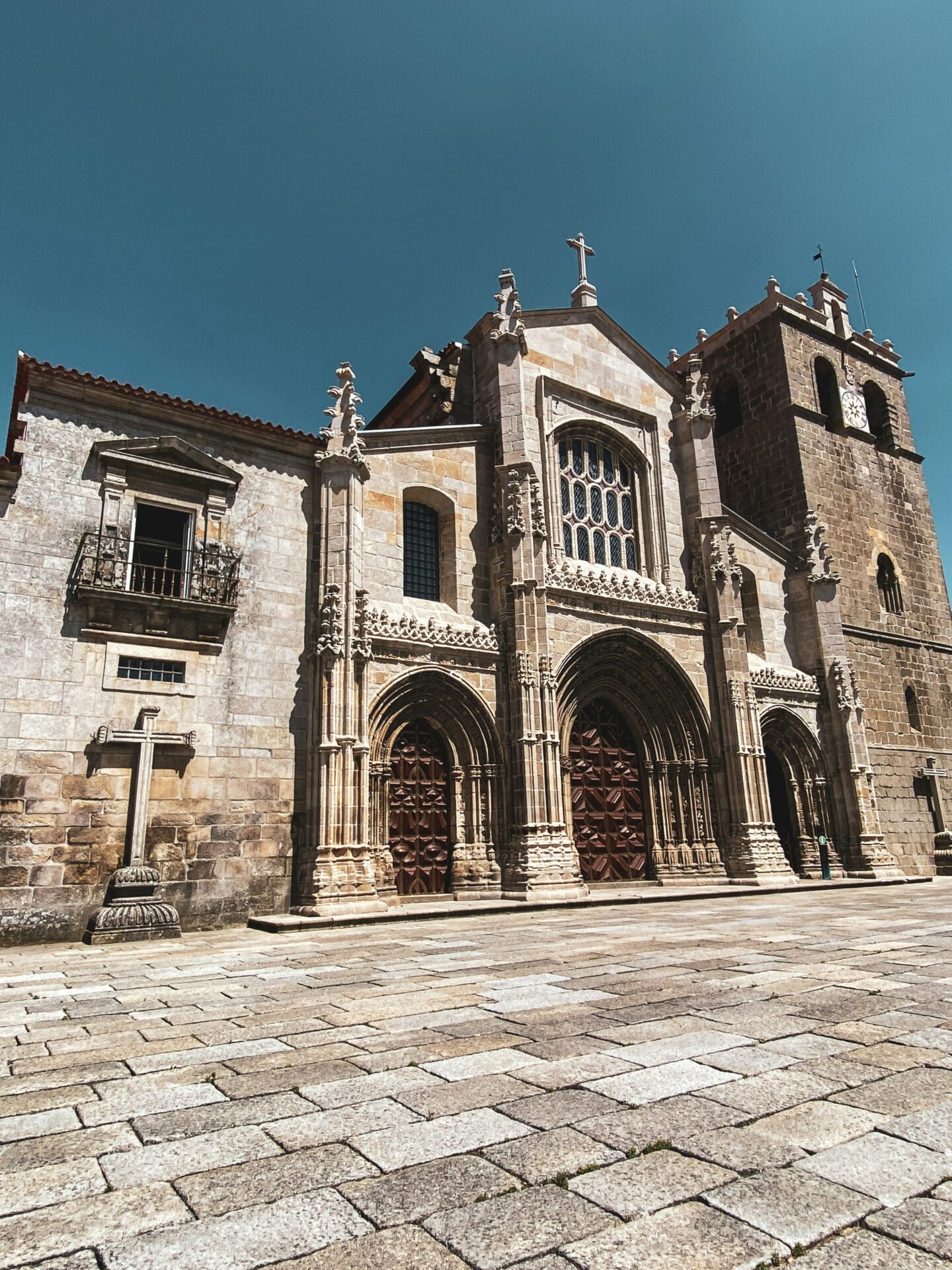
The town’s medieval cathedral dates back to the 12th century and houses beautiful azulejo tiles. I spent a wonderful morning exploring Lamego’s castle ruins and the regional museum housed in the former Episcopal palace.
Don’t miss trying Lamego’s famous presunto (cured ham) and bola de Lamego (meat-filled bread) at the local market. The town offers a perfect half-day trip from your wine adventures.
Museu do Douro: The Story of Wine
Located in Peso da Régua, the Museu do Douro tells the fascinating story of the region’s wine production.
I spent hours exploring the thoughtfully designed exhibits. These chronicle centuries of winemaking traditions and the cultural significance of the Douro Valley.
The museum occupies a restored 18th-century building that once housed the Royal Wine Company. Inside, interactive displays showcase traditional winemaking tools, historical photographs, and artifacts that bring the valley’s rich history to life.
My favorite part was the terrace overlooking the Douro River. I enjoyed spectacular views while tasting regional wines. The museum’s small café serves excellent local cheeses and olive oils that perfectly complement the wines.
The museum also hosts temporary exhibitions highlighting different aspects of the region’s culture. It’s absolutely worth the €7.50 entrance fee.

